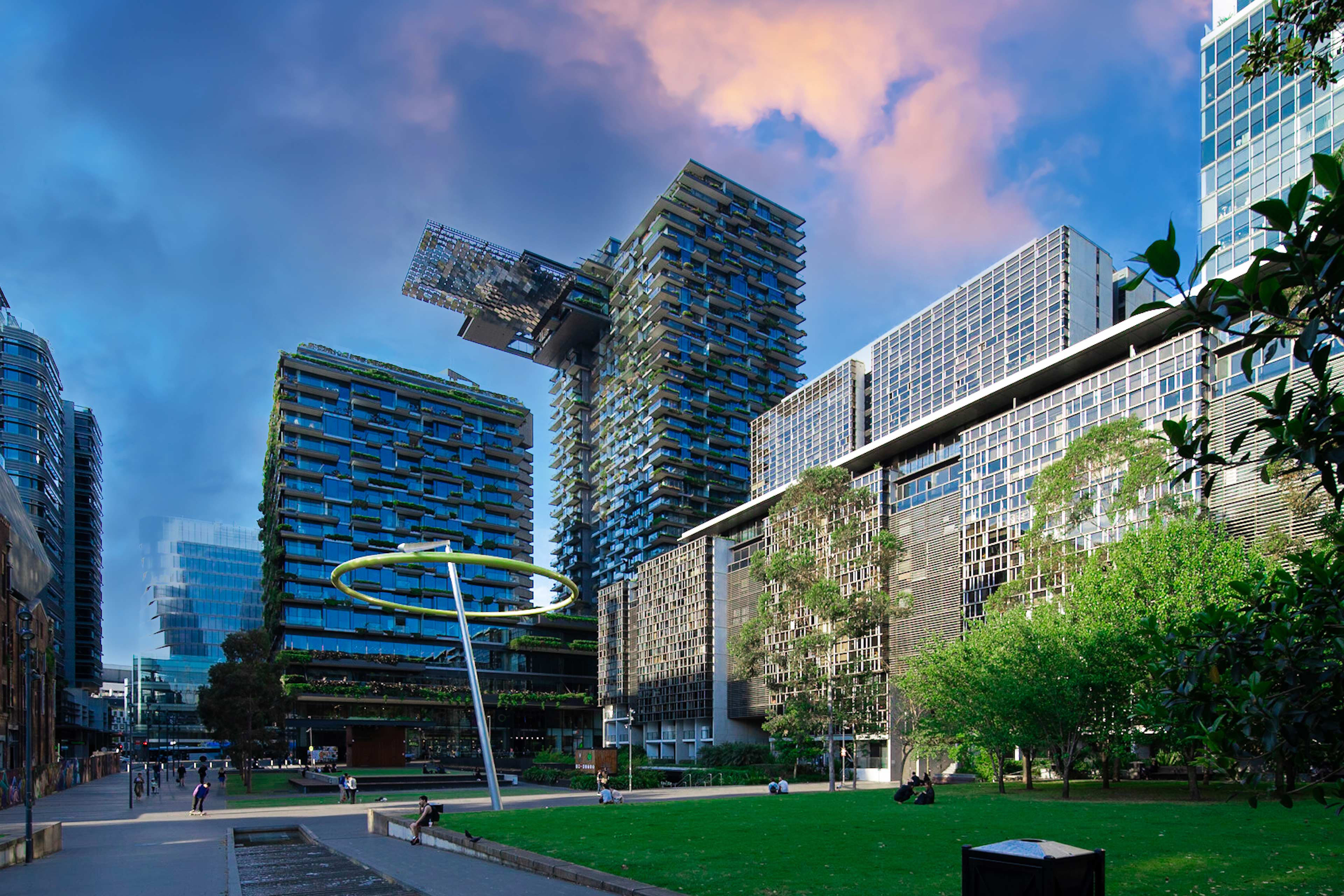EY refers to the global organization, and may refer to one or more, of the member firms of Ernst & Young Global Limited, each of which is a separate legal entity. Ernst & Young Global Limited, a UK company limited by guarantee, does not provide services to clients.
How EY can help
-
EY provides industry-leading services to economic development organizations, including strategic planning, competitive assessments, benchmarking, global market insights and innovative custom approaches targeted at helping the organization create, refine and deploy an economic development strategy to achieve its goals.
Read more -
Our Valuation, Modeling & Economics services guide you through valuation and business modeling implications to better understand the impact. Find out more.
Read more
The impact of decreased demand for office space, particularly among older properties, produces a ripple effect in US cities: while vacancy erodes landlord returns and property values, the city must deal with an even greater aftermath. Across the nation, some formerly bustling central business districts (CBDs) now look like ghost towns, with a lack of daily commuters to fill downtown office skyscrapers and frequent the restaurants, public infrastructure and retail that were built to support them. Hybrid work continues to be adopted as a flexible working model across a range of industries, and this trend is expected to persist.
Cities thus face an unprecedented challenge: as companies re-think their office footprint and population centers shift, governments must manage economic losses from a declining tax base and a growing stock of obsolete, older office properties that do not meet the practical or sustainability needs of today’s corporate tenants.






